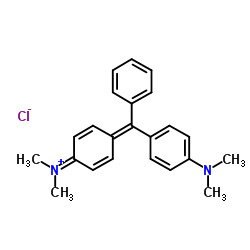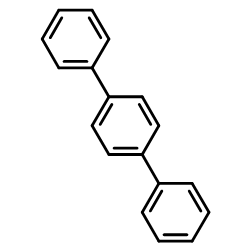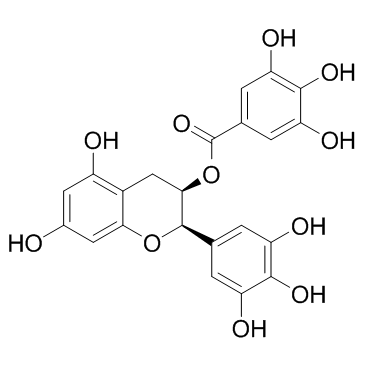| 结构式 | 名称/CAS号 | 全部文献 |
|---|---|---|
 |
α-Synuclein (61-95) (human) trifluoroacetate salt
CAS:154040-19-4 |
|
 |
孔雀石绿
CAS:569-64-2 |
|
 |
十二烷基硫酸钠
CAS:151-21-3 |
|
 |
对三联苯
CAS:92-94-4 |
|
 |
(-)-表没食子儿茶素没食子酸酯
CAS:989-51-5 |